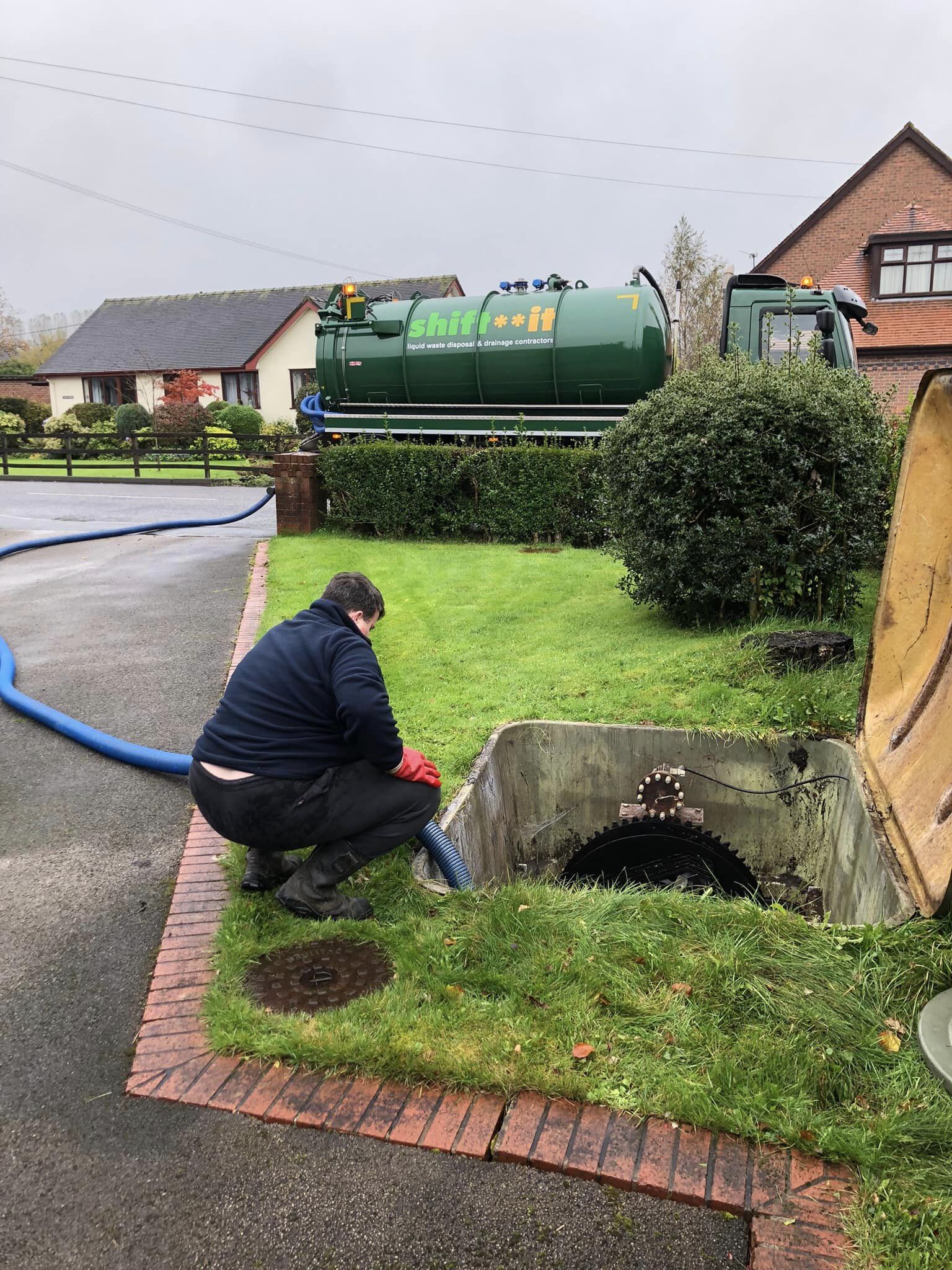septic tank sewage collection


Septic tank sewage collection involves the gathering and transport of wastewater from various sources within a property to the septic tank for treatment. Here’s an overview of how the sewage collection process typically works:
Wastewater Generation: Wastewater is produced in residential, commercial, or industrial buildings from activities such as using toilets, taking showers, washing dishes, doing laundry, etc.
Gravity or Pumping System: The wastewater flows through plumbing pipes within the building. In some cases, gravity helps to move the wastewater downhill towards the septic tank. In other instances, especially in properties with challenging terrain or where the septic tank is located at a higher elevation, a pump may be installed to lift the wastewater and transport it to the tank.
Inlet Pipe: The wastewater enters the septic tank through an inlet pipe. This pipe is typically equipped with a tee or baffle to prevent the disturbance of settled solids and to ensure that only liquid and floating materials enter the tank.
Settling and Treatment: Inside the septic tank, the wastewater undergoes a settling process. Solid particles, referred to as sludge, settle to the bottom of the tank, while lighter materials like grease and oils float to the top, forming a scum layer. The liquid effluent remains in the middle layer and undergoes further treatment.
Outlet Pipe: Treated liquid effluent exits the septic tank through an outlet pipe. This pipe is usually located near the top of the tank to ensure that only the clarified effluent is discharged from the tank.
Distribution to Drain Field: From the septic tank, the treated effluent flows into a drain field or leach field through perforated pipes. In the drain field, the effluent is further treated as it percolates through the soil. Microorganisms in the soil help to remove pathogens and nutrients, purifying the water before it re-enters groundwater sources.
Maintenance and Monitoring: Regular maintenance and monitoring of the septic system are essential to ensure its proper function and prevent problems such as clogging, backups, or environmental contamination. This includes periodic inspection, pumping of the septic tank to remove accumulated sludge and scum, and repairs as needed.
Overall, septic tank sewage collection is a crucial part of decentralised wastewater management systems, providing an efficient and environmentally friendly way to treat and dispose of sewage in areas where centralised sewer systems are not available. Proper design, installation, use, and maintenance are essential to ensure the effectiveness and longevity of septic systems.
Get in touch today to find out more about our septic tank sewage collection services ; we are here to help.